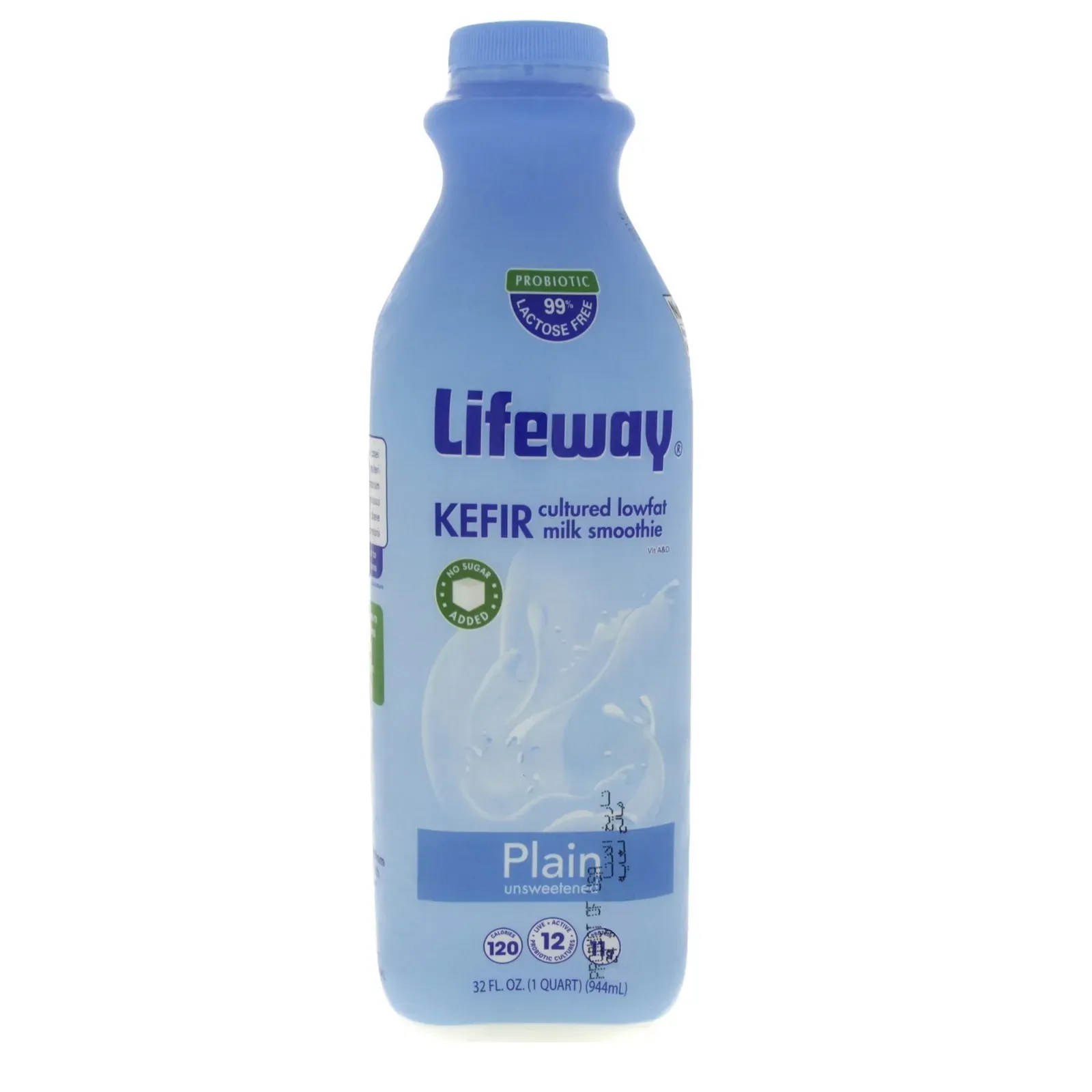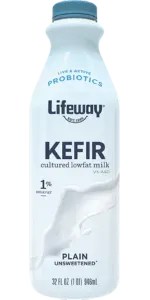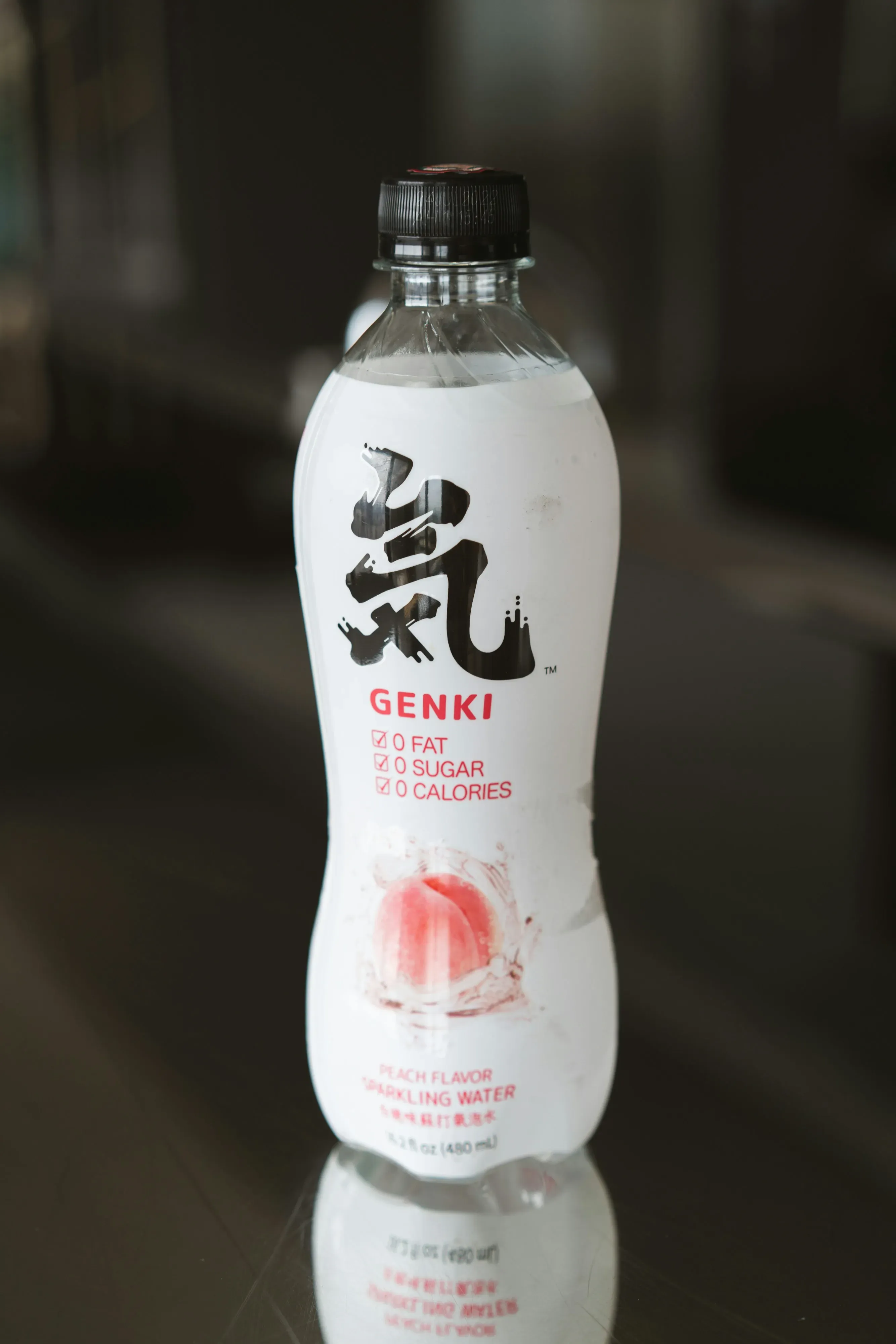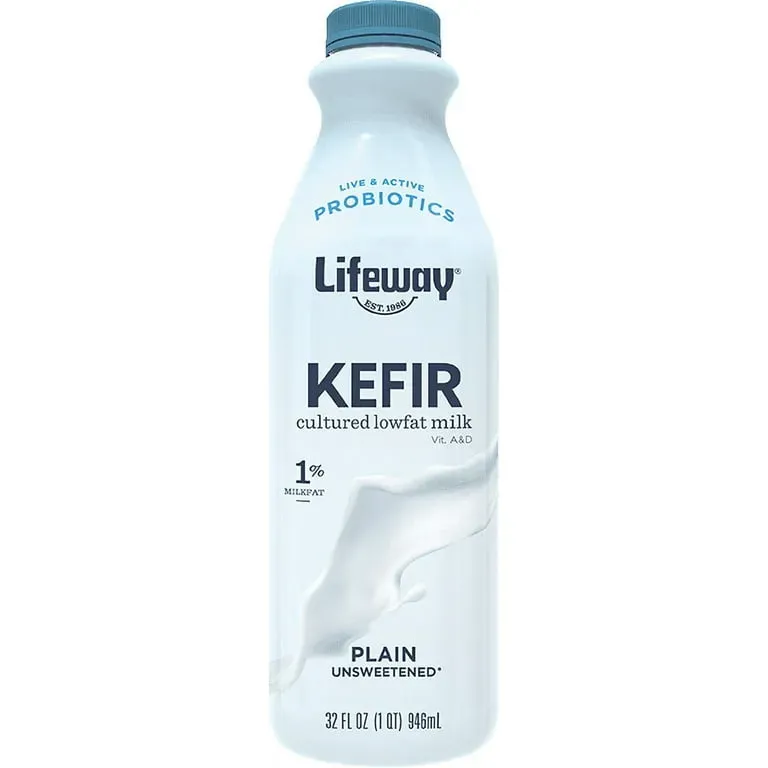Table of Contents
You’ve probably seen it lurking in the dairy aisle, maybe looking a bit like thin yogurt with a name that sounds vaguely foreign: kefir. Specifically, we're talking about kefir cultured low fat milk. It's been getting a lot of buzz, often marketed as a gut health superhero. But what exactly is this stuff, and is it just another health fad destined for the dustbin of dietary history? Or does kefir cultured low fat milk actually deliver on its promises?
What Exactly is Kefir Cultured Low Fat Milk?

What Exactly is Kefir Cultured Low Fat Milk?
Alright, so you're diving into the world of fermented drinks, huh? Good stuff. When people talk about kefir cultured low fat milk, they're essentially talking about a specific type of fermented dairy. Think of it like yogurt's bubbly, slightly thinner cousin. It starts with milk, obviously, but instead of just a couple of bacterial strains, it uses something called kefir grains. Now, these grains aren't actually grains like wheat or rice; they're symbiotic colonies of bacteria and yeasts, living together in a matrix of proteins, lipids, and sugars. You drop these little cauliflower-looking blobs into low fat milk, and they get to work, munching on the lactose and turning the milk into that tangy, slightly effervescent kefir cultured low fat milk we're interested in. It’s a living, breathing product, packed with a much wider variety of microbes than your standard yogurt.
The GutFriendly Power of Kefir Cultured Low Fat Milk

The GutFriendly Power of Kefir Cultured Low Fat Milk
Why Your Gut Might Appreciate Kefir
let's talk guts. Not exactly dinner table conversation, but your digestive system is a big deal. It’s not just about processing food; it hosts trillions of bacteria, yeasts, and other microbes – your microbiome. This microscopic city influences everything from your mood to your immune system. When this balance gets out of whack, things can go sideways. Enter fermented foods like kefir cultured low fat milk. The idea is that by consuming these foods, you're introducing beneficial microbes that might help restore some balance to that inner ecosystem. It's not a magic bullet, but giving your gut some potential allies seems like a reasonable play.
The Microbial Mix in Kefir Cultured Low Fat Milk
What makes kefir cultured low fat milk interesting is the sheer variety of microbes compared to, say, a standard yogurt. While yogurt often has just a couple of specific strains, kefir grains introduce a much more diverse population of bacteria (like various Lactobacillus and Bifidobacterium species) and yeasts. These aren't just passing through; some might colonize, others might produce beneficial compounds as they ferment the milk. This complex mix is often cited as the reason behind its purported gut-friendly effects. It's like sending in a whole diverse team, not just a couple of star players.
- May introduce a wider range of beneficial microbes than yogurt.
- Contains yeasts, which are less common in other fermented dairy.
- Fermentation can break down lactose, potentially making it easier to digest for some.
- Microbes may produce short-chain fatty acids, which are good for gut cells.
Managing Expectations: It's Not a Miracle Cure
Now, before you start chugging gallons of kefir cultured low fat milk expecting instant digestive enlightenment, let's pump the brakes slightly. While the potential is there, the science on the specific long-term benefits for every single person is still evolving. Your microbiome is unique, like a fingerprint. What helps one person might do less for another. Think of kefir as a tool in your gut health toolbox, not the entire solution. Eating a balanced diet, managing stress, and getting enough fiber still do most of the heavy lifting for a happy gut. Adding kefir might give you an edge, but don't neglect the fundamentals.
Comparing Kefir Cultured Low Fat Milk to Other Dairy Options

Comparing Kefir Cultured Low Fat Milk to Other Dairy Options
Kefir vs. Your Everyday Yogurt
so you've got your standard cup of yogurt. It's thick, it's creamy, maybe it's got fruit on the bottom. It's fermented milk, sure, but the process is usually simpler than what goes into kefir cultured low fat milk. Yogurt relies on a couple of specific bacterial strains, primarily Lactobacillus bulgaricus and Streptococcus thermophilus, to do the job. They work at higher temperatures and create that familiar texture and tang. Kefir, on the other hand, uses those complex kefir grains with their wild mix of bacteria and yeasts fermenting at room temperature. This results in a thinner, pourable drink, often with a slight fizz from the yeast activity, and a much more complex flavor profile that can range from mildly tart to downright pungent depending on the fermentation time. It's not just a texture difference; it's a whole different party happening on a microbial level.
How Low Fat Kefir Stacks Up Against Plain Milk
Comparing kefir cultured low fat milk directly to plain low fat milk is a bit like comparing apples and oranges, or maybe fermented apples and regular apples. Plain milk is just that – milk. It's a good source of calcium and protein, but it doesn't bring any live, active cultures to the table. Kefir, because of the fermentation, has significantly reduced lactose content, which can be a major plus for folks who get tummy trouble from regular milk. Plus, you get that probiotic punch. While flavored milks are often loaded with sugar, plain kefir cultured low fat milk keeps things simple and tangy. It's a functional food, if you want to use a slightly annoying term, offering benefits beyond just basic nutrition that plain milk doesn't.
Feature | Kefir Cultured Low Fat Milk | Standard Yogurt | Plain Low Fat Milk |
|---|---|---|---|
Microbial Diversity | High (Bacteria & Yeasts) | Lower (Bacteria) | None (Pasteurized) |
Texture | Thin, Pourable, Sometimes Bubbly | Thick, Creamy | Liquid |
Lactose Content | Lower (Fermented) | Reduced (Fermented) | Full |
Taste | Tangy, Tart, Complex | Tangy, Milder | Neutral, Sweetish |
Making Kefir Cultured Low Fat Milk at Home: Is It Worth It?

Making Kefir Cultured Low Fat Milk at Home: Is It Worth It?
Considering the DIY Approach
So, you've tasted the store-bought stuff, maybe you're hooked, and now you're thinking, "Hey, how hard can this be?" The idea of making your own kefir cultured low fat milk at home is definitely appealing. You picture yourself as some kind of kitchen alchemist, nurturing these magical grains, controlling the tang, feeling smug about skipping the grocery store markup. It feels wholesome, connected to a more traditional way of doing things. Plus, you get the bragging rights. It's not just milk anymore; it's *your* living, breathing, probiotic project.
The Reality of Home Fermentation
Alright, let's ground this slightly. Making kefir cultured low fat milk at home isn't rocket science, but it's not just pouring milk in a jar and walking away either. You need actual kefir grains – not powdered starter, the real, reusable grains. You put them in your low fat milk, cover it loosely (they need to breathe, apparently), and let it sit at room temperature. Temperature matters; too cold, they go dormant; too hot, they might get stressed or weird. After about 24 hours (give or take, depending on temperature and grain-to-milk ratio), you strain the grains out to use in the next batch, and what's left is your homemade kefir. It sounds simple, but consistency can be tricky. One batch might be perfect, the next might separate oddly or taste too yeasty. Using low fat milk can sometimes make the process a little different than whole milk, occasionally resulting in a thinner or less stable product for beginners.
- You need active, healthy kefir grains (not powdered starter).
- Use a non-metal strainer and container.
- Room temperature is key, but consistency varies.
- Fermentation time impacts tang and thickness.
- Grains multiply, so you'll need to share or store extras.
So, Is the Effort Worth It?
Is making kefir cultured low fat milk at home worth the effort? It depends on your goals and tolerance for minor kitchen experiments. If you're looking for the absolute cheapest way to consume kefir regularly and you enjoy the process of nurturing a living culture, then yes, it can be incredibly rewarding and cost-effective in the long run. You have control over the fermentation time, potentially leading to a more potent or milder product. However, if you value convenience above all else, or if the idea of dealing with slimy, multiplying grains feels like a chore, buying it is probably a better bet. You won't have the same level of control, but you get a consistent product without the daily ritual. My first few batches were... interesting. Edible, but definitely not the smooth, uniform stuff from the store. It takes a little practice, patience, and acceptance that sometimes, your microbes just aren't having a good day.
Creative Ways to Enjoy Your Kefir Cultured Low Fat Milk

Creative Ways to Enjoy Your Kefir Cultured Low Fat Milk
Beyond the Glass: Mixing It Up
So, you've got your carton or jar of kefir cultured low fat milk. You could just pour it in a glass and drink it down, sure. That's the straightforward approach. But let's be honest, sometimes drinking something that tastes like tangy, slightly fizzy milk isn't the most exciting part of your day. The good news is, this stuff is surprisingly versatile. Think of it less as just a drink and more as an ingredient. Its tartness and thinner consistency make it a great base for smoothies, adding that probiotic boost without the thickness of Greek yogurt. You can whisk it into salad dressings for a creamy, zesty punch, or use it as a marinade for chicken or fish – the acidity helps tenderize the meat. Some brave souls even use it in baking, though you need to be careful with the heat as it can kill off those beneficial microbes. It's worth experimenting; you might find a new favorite way to sneak those probiotics into your diet without feeling like you're taking medicine.
The Bottom Line on Kefir Cultured Low Fat Milk
So, we've taken a look at kefir cultured low fat milk, digging into what it is, its potential role in supporting gut bacteria, and how it stacks up against other dairy options. It's not a magic potion, but the fermentation process does yield a product with distinct characteristics, particularly its probiotic content. While making it at home is an option, store-bought varieties offer consistency and convenience. Ultimately, whether kefir cultured low fat milk fits into your diet depends on your personal preferences, dietary needs, and how you choose to incorporate it. It's one tool among many in the pursuit of a balanced diet, not a standalone solution.
